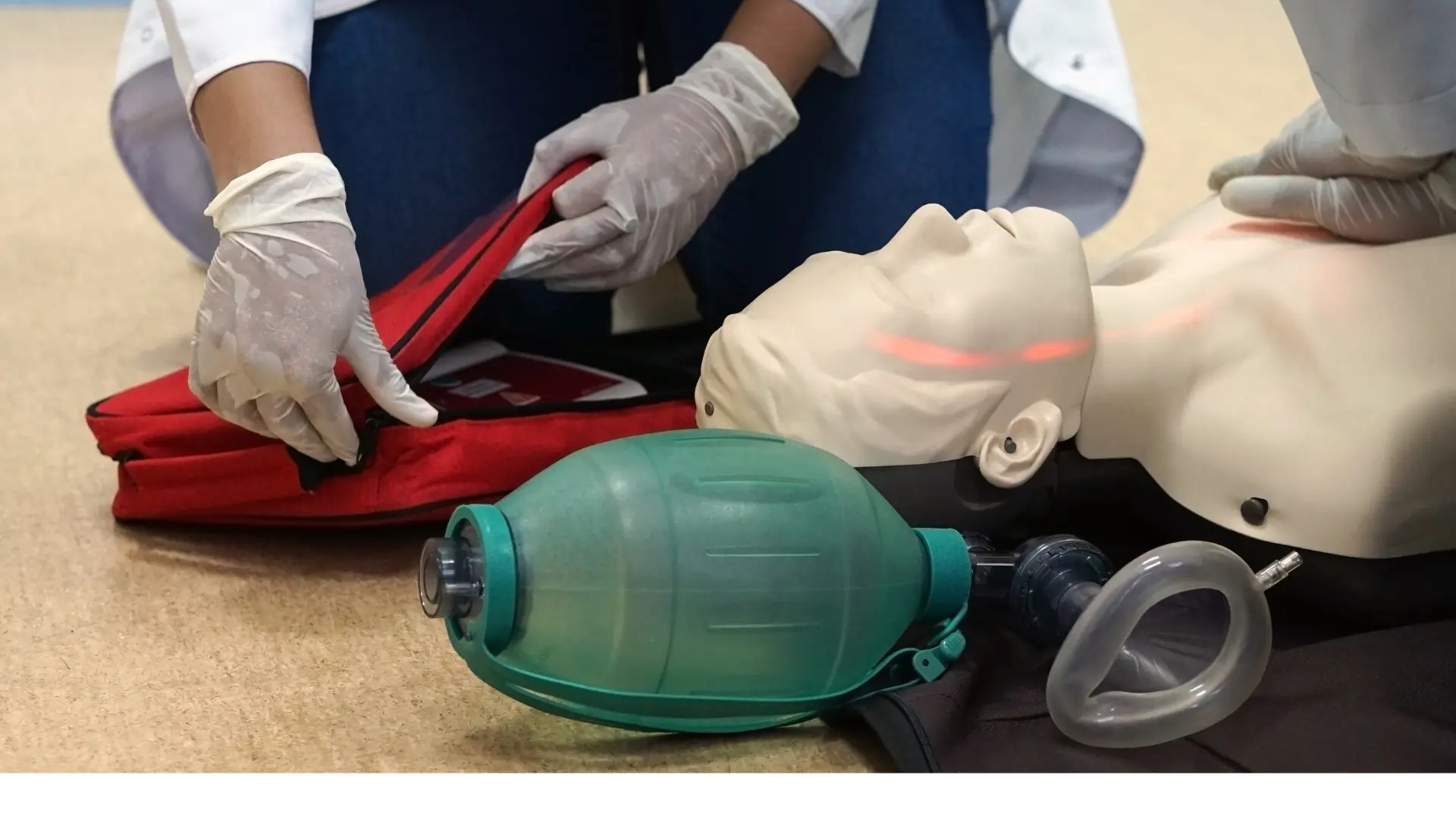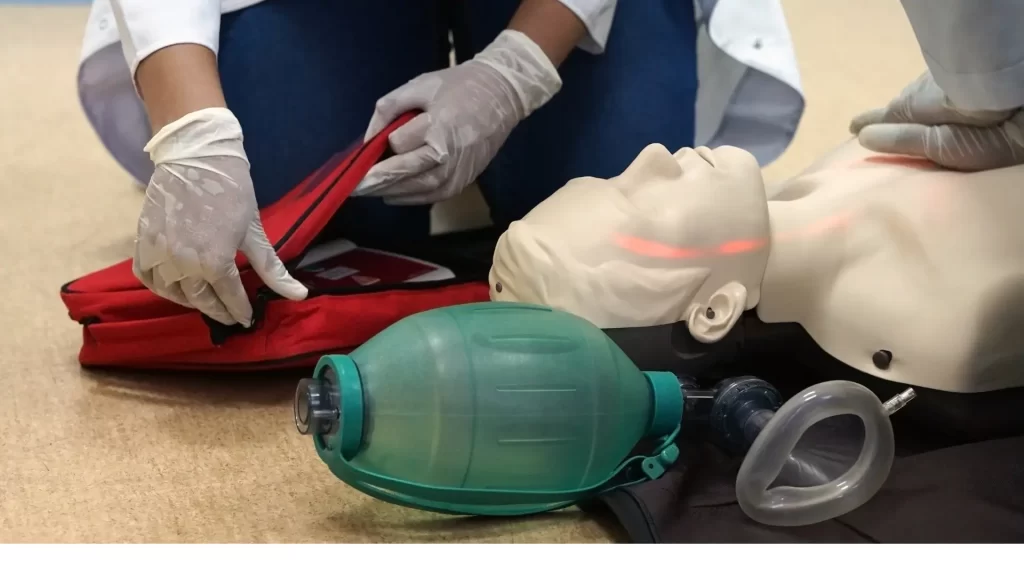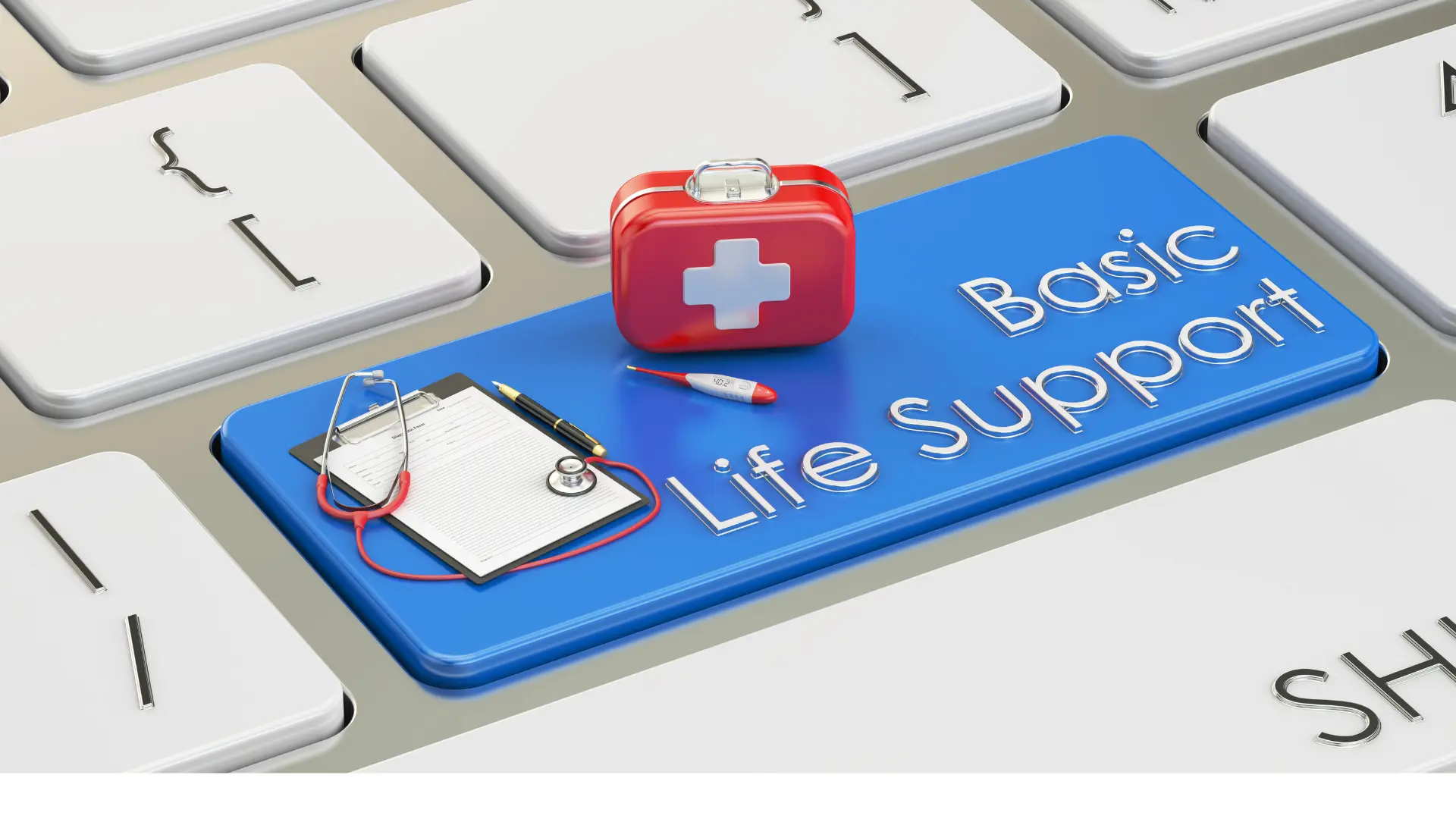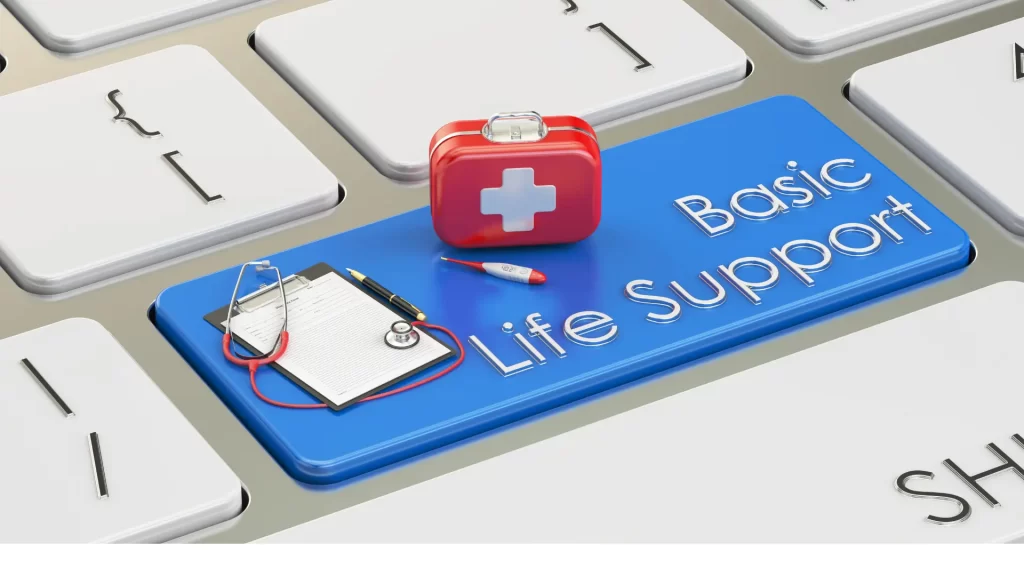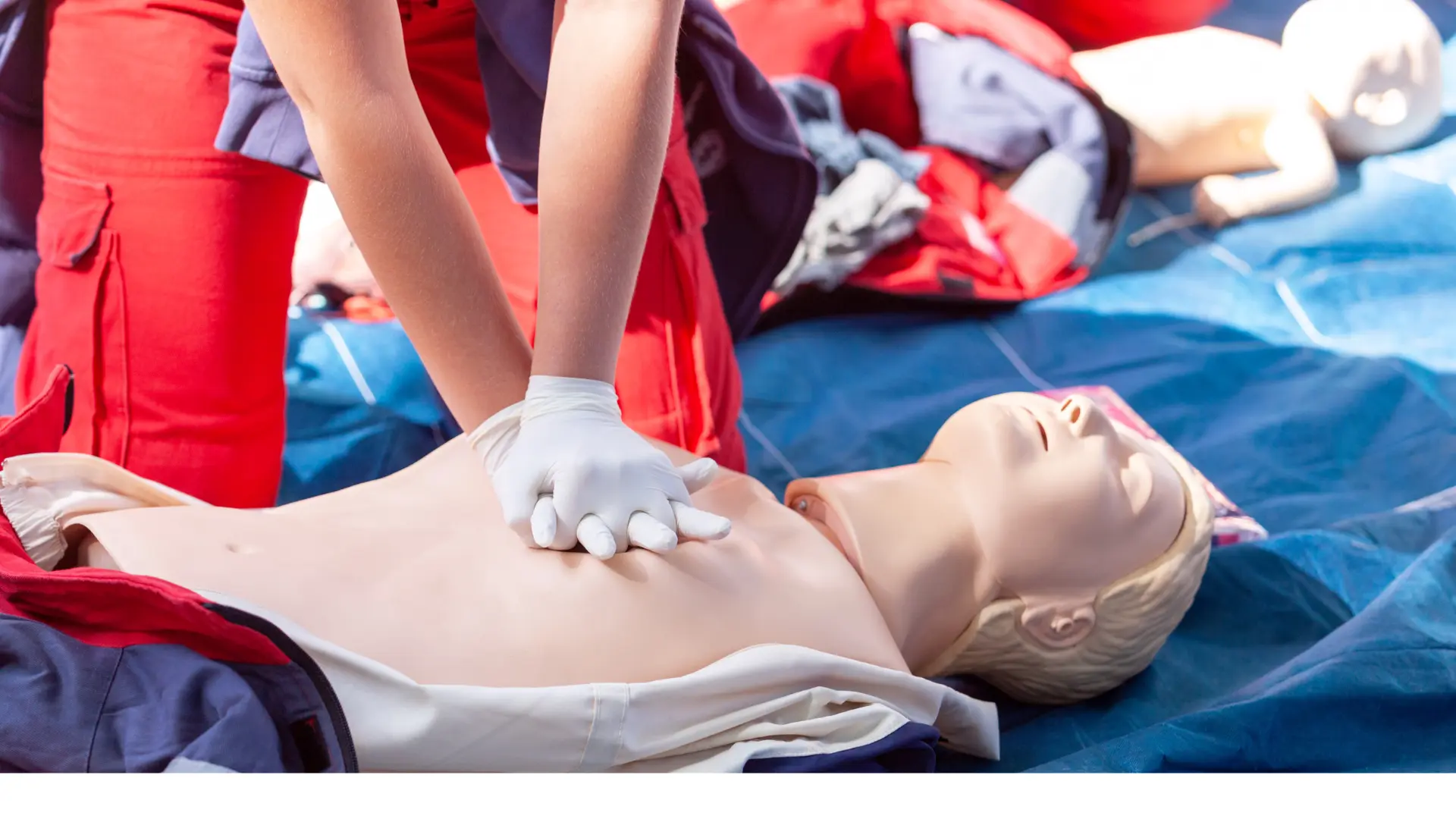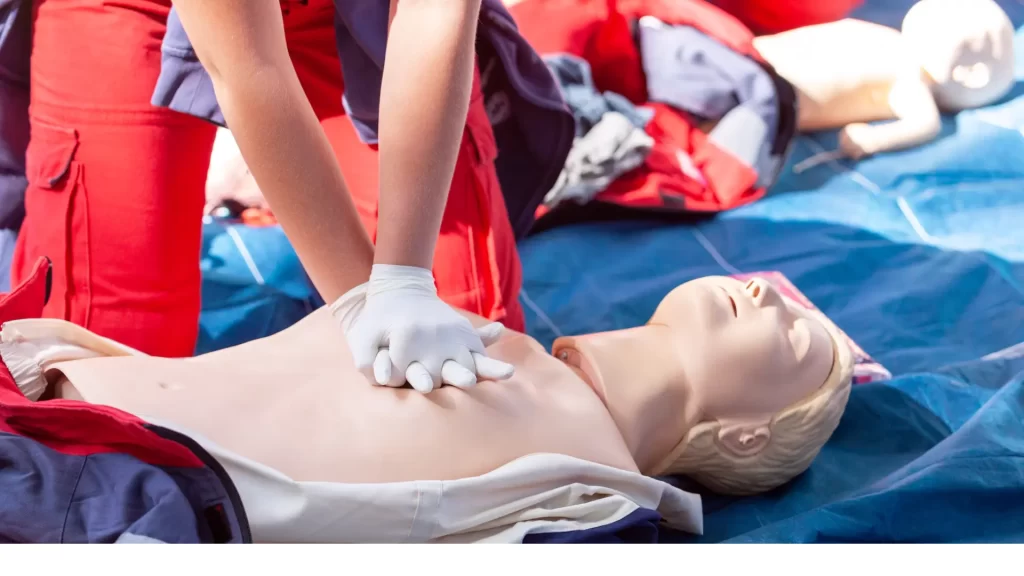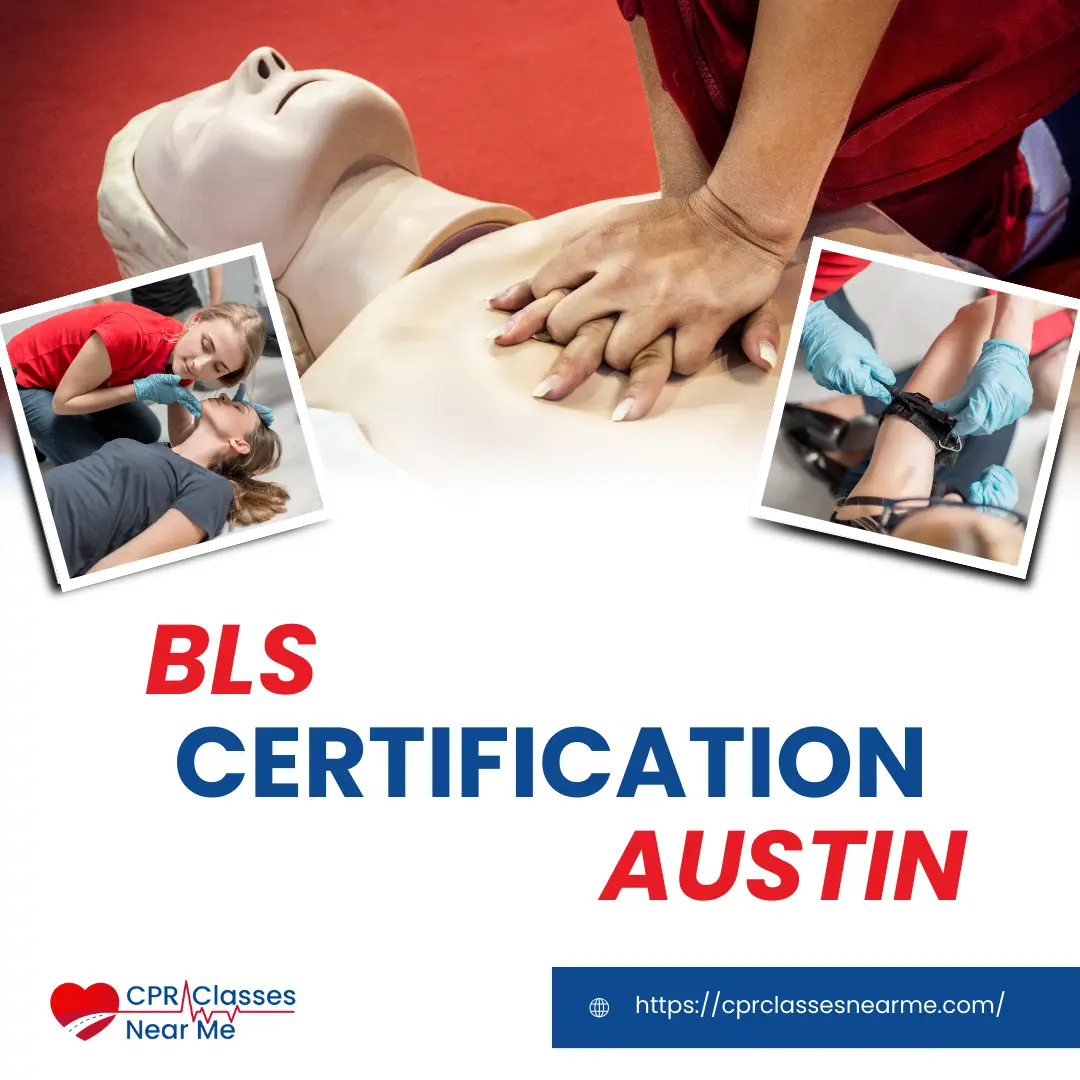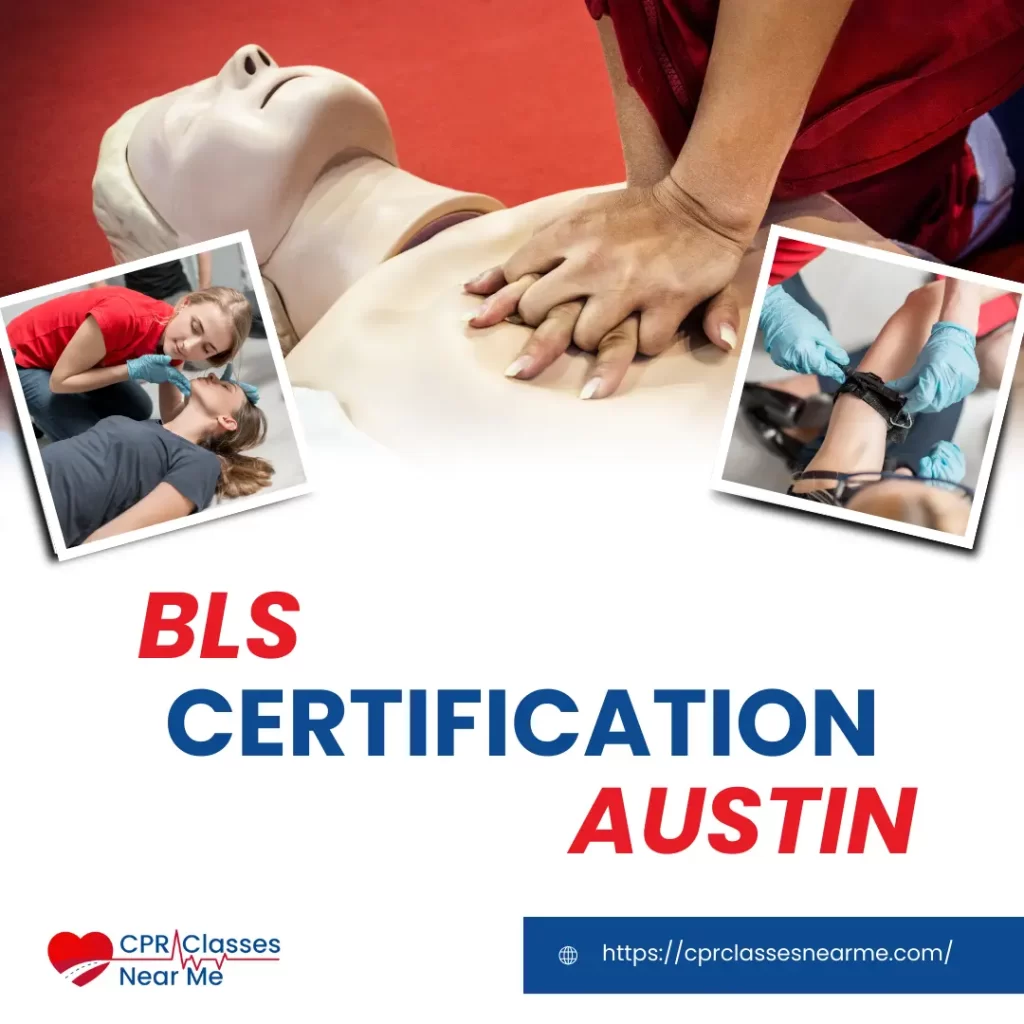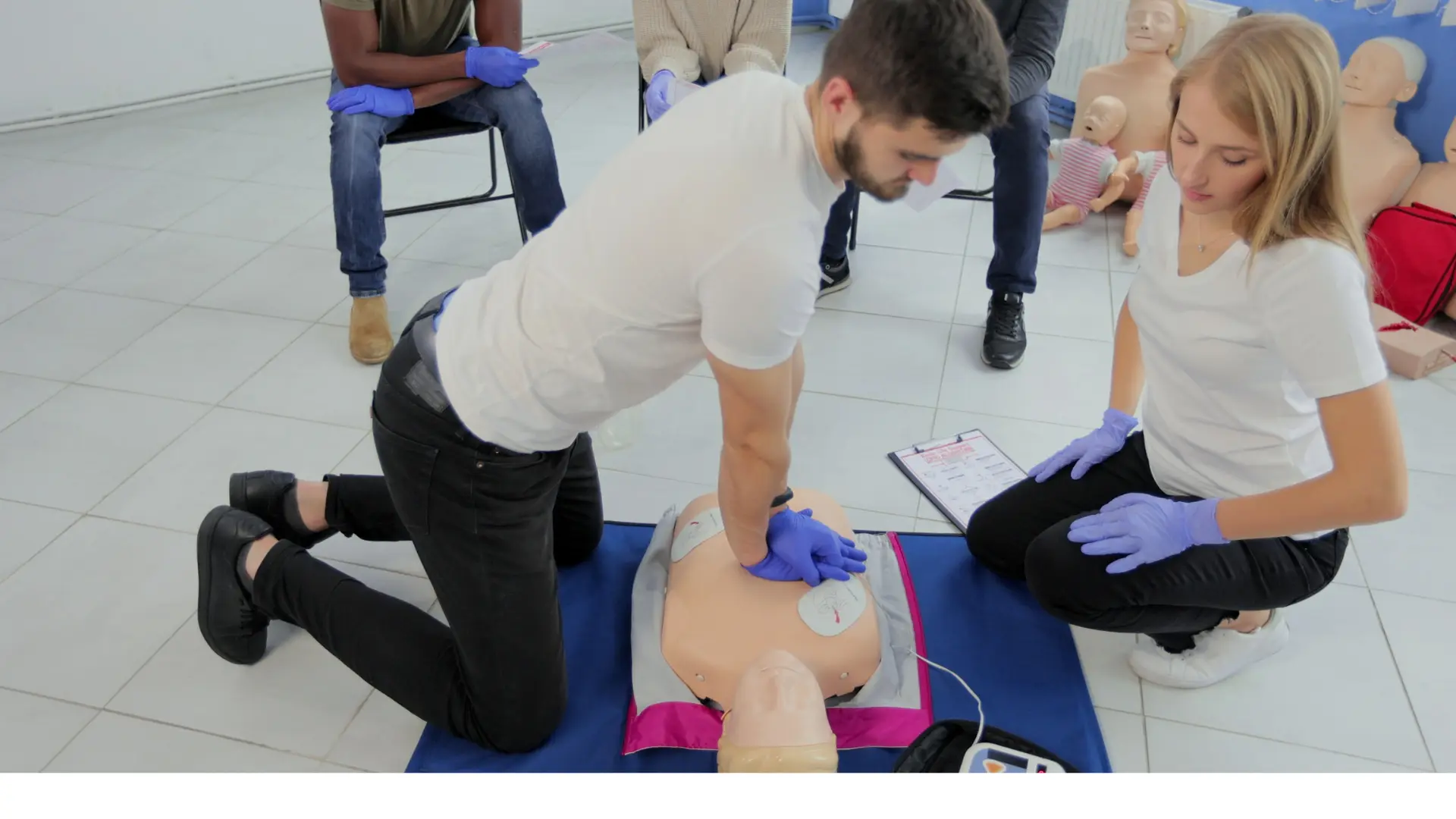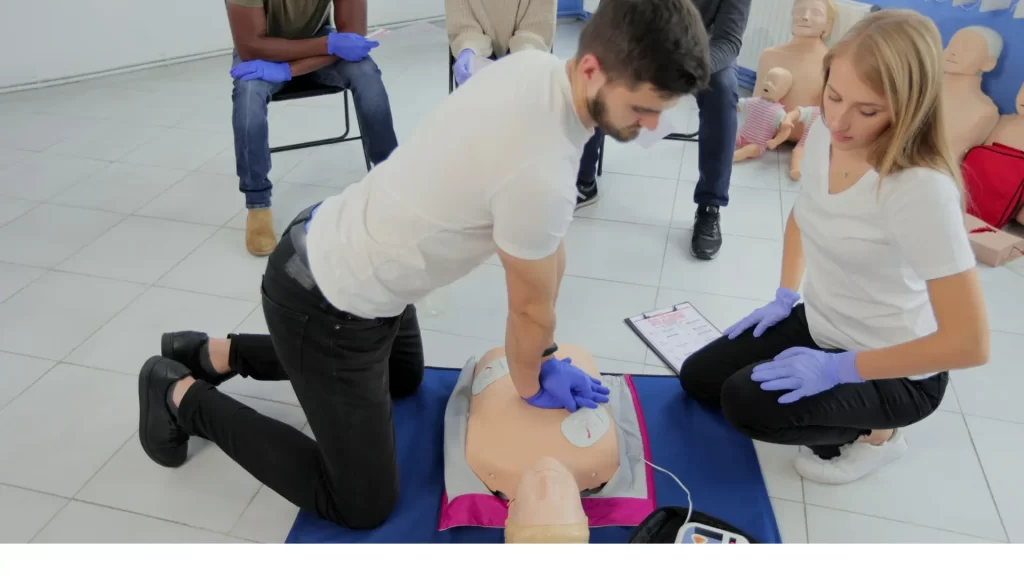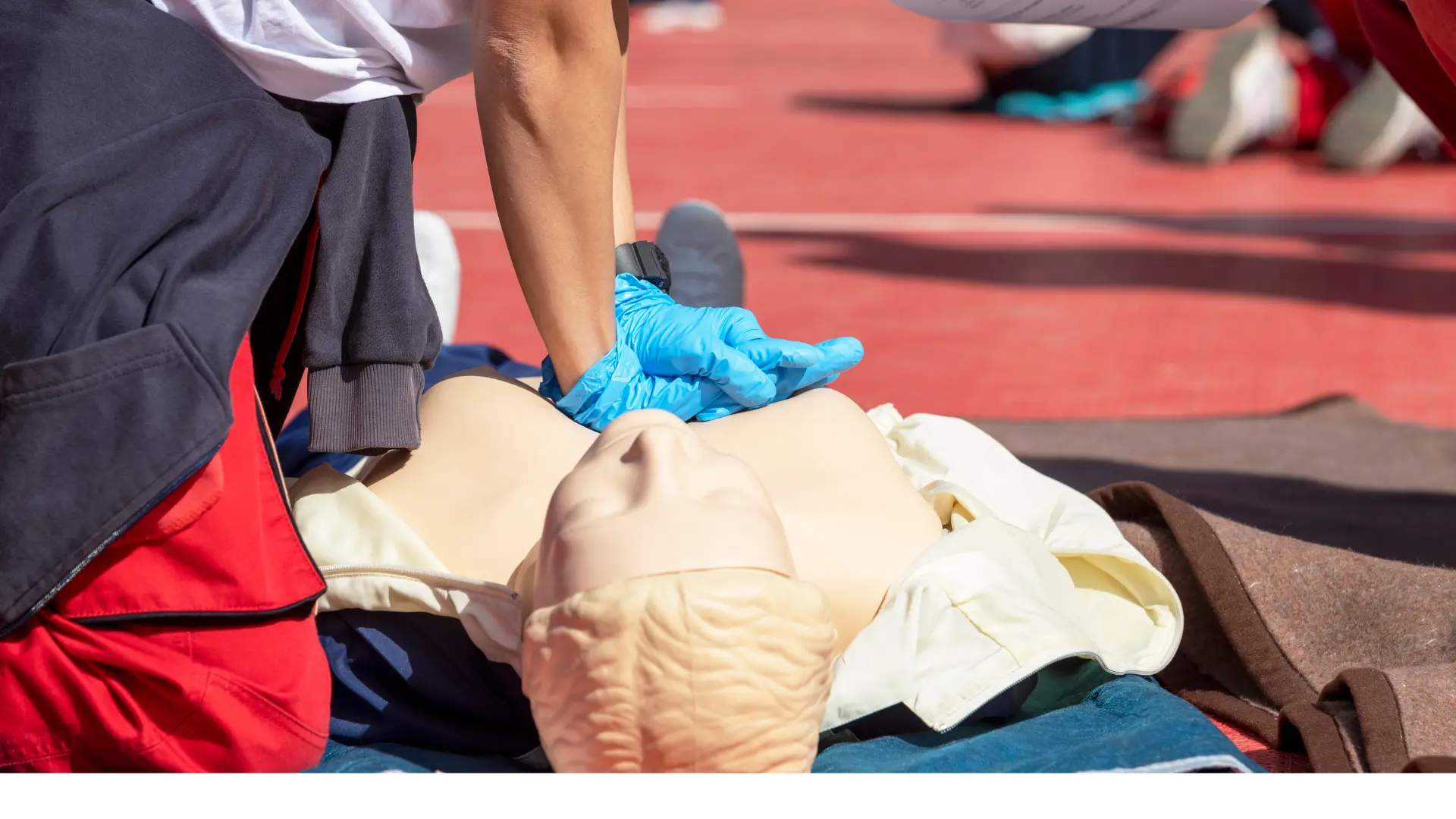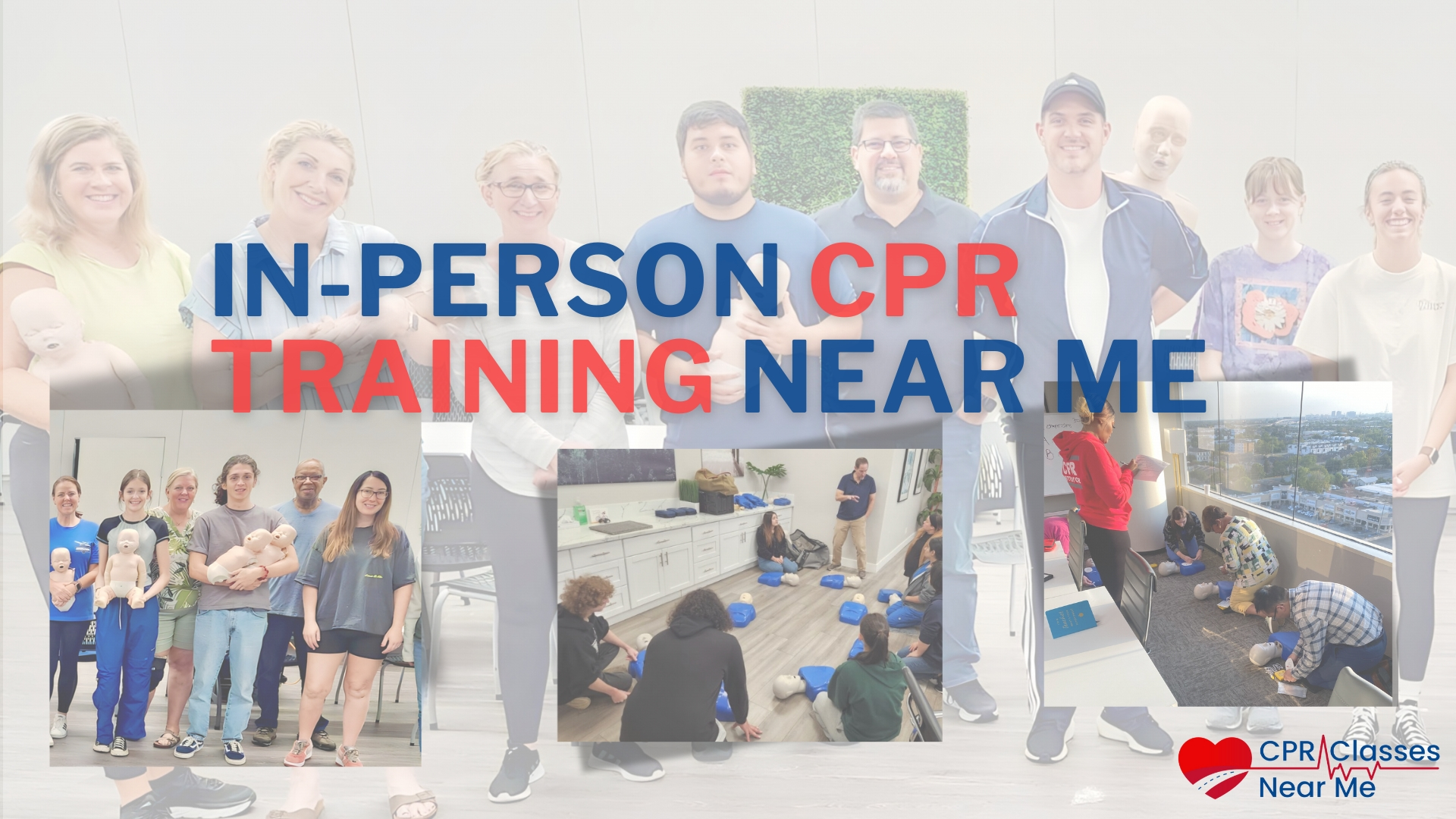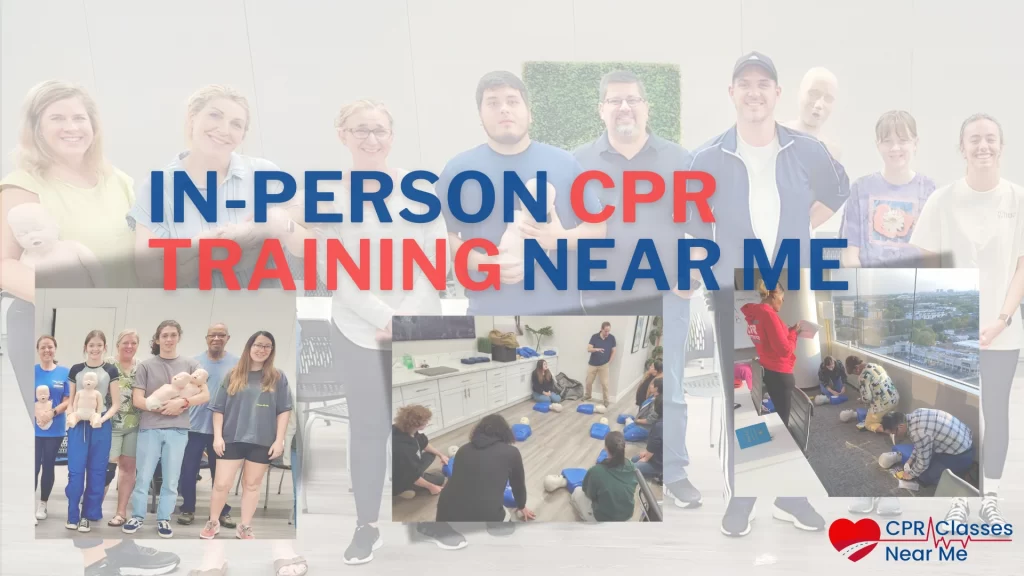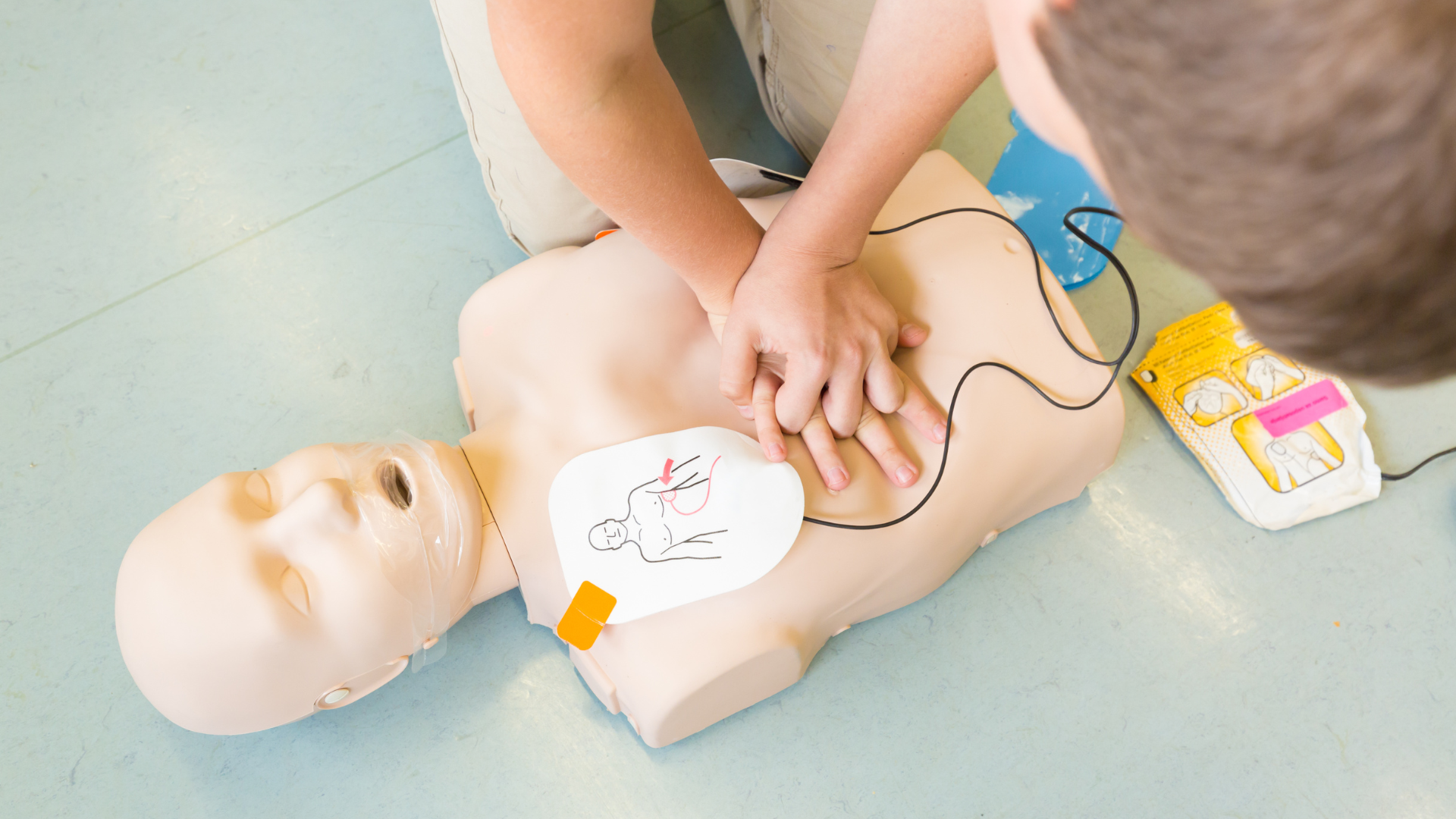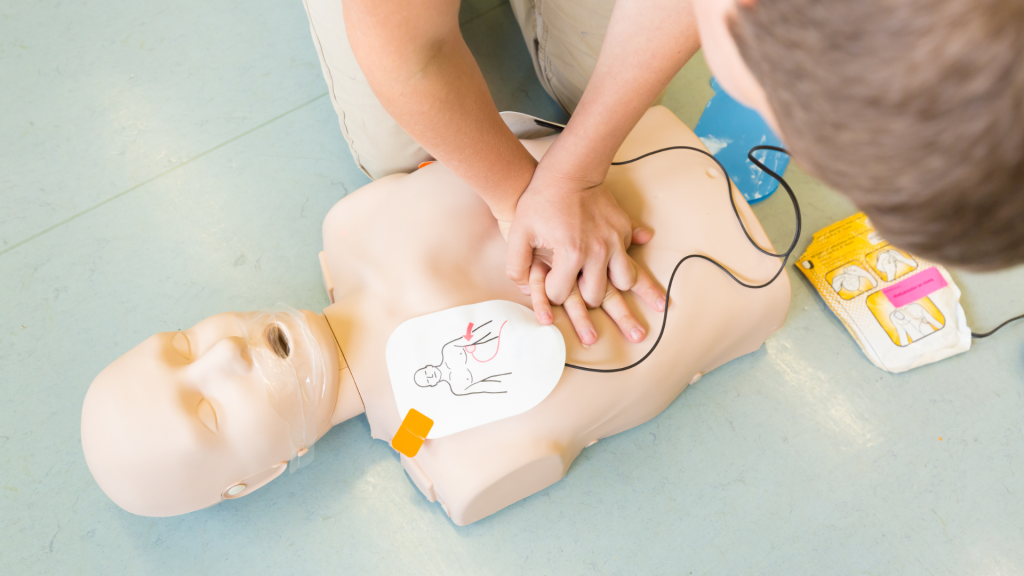What Are the 5 Steps for Giving CPR to an Infant?
What Are the 5 Steps for Giving CPR to an Infant?
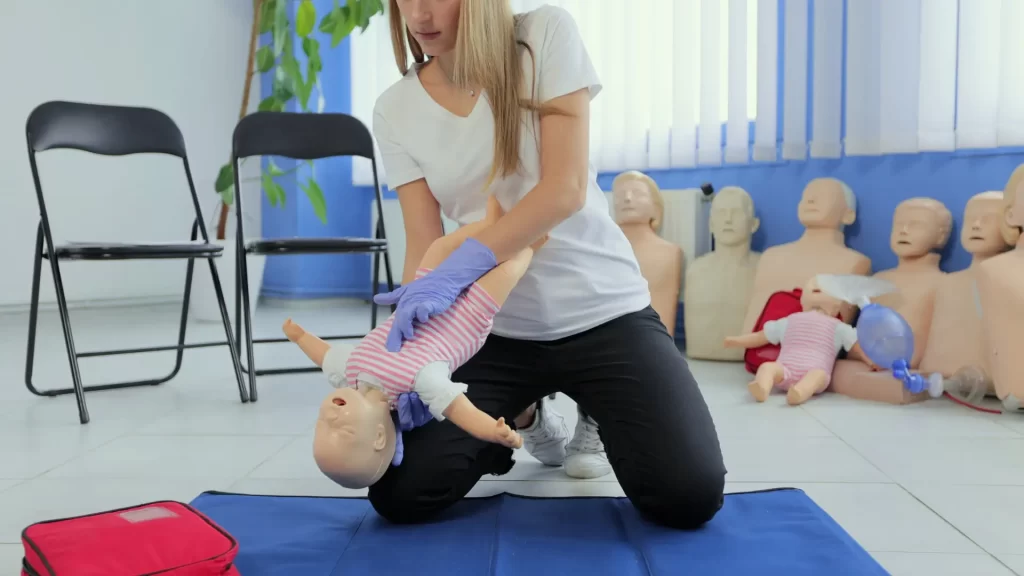
Infant CPR (Cardiopulmonary Resuscitation) is a life-saving procedure that can make the difference between life and death in critical situations. Understanding the steps and proper techniques involved in performing CPR on an infant is crucial for parents, caregivers, and anyone responsible for the well-being of young children. In this comprehensive guide, we will delve into the five essential steps for giving CPR to an infant, ensuring that you are well-prepared to act swiftly and effectively in an emergency.
Understanding Infant CPR
Before diving into the steps of infant CPR, it is essential to understand what CPR is and why it is critical for infants. CPR is a combination of chest compressions and rescue breaths designed to maintain blood flow and oxygenation to vital organs, particularly the brain and heart, when the heart has stopped beating or is beating irregularly. Infants, defined as children under one year of age, have unique physiological characteristics that require a modified approach to CPR compared to adults and older children.
Recognizing the Need for Infant CPR
The first step in administering CPR to an infant is recognizing the signs that indicate a need for intervention. Infants may require CPR in situations such as choking, drowning, suffocation, or cardiac arrest. Common signs that an infant needs CPR include unresponsiveness, absence of breathing, or irregular breathing patterns. If you encounter an infant exhibiting these signs, it is critical to act quickly and begin the CPR process immediately.
Step 1: Assess the Infant's Condition
The initial step in giving CPR to an infant involves assessing their condition to determine if CPR is necessary. Gently tap the infant’s foot or shoulder and call their name to check for responsiveness. If there is no response, shout for help to alert others nearby that you need assistance. While waiting for help, quickly but calmly position the infant on their back on a firm, flat surface. Ensure the infant’s airway is open by tilting their head slightly back and lifting the chin.
Step 2: Call for Emergency Help
Once you have determined that the infant is unresponsive and needs CPR, it is crucial to call for emergency help immediately. If you are alone, use your mobile phone to call emergency services while staying with the infant. If someone else is present, instruct them to call for help while you begin CPR. Providing accurate information to emergency responders, such as the infant’s age, condition, and location, can expedite the arrival of professional medical assistance.
Recognition and Response to Medical Emergencies
Participants in first aid training gain an understanding of various medical emergencies, such as strokes, heart attacks, seizures, and allergic reactions. Learning to recognize symptoms and providing immediate assistance can significantly impact the outcome, improving the chances of recovery and reducing potential complications.
The training not only covers the basics of identifying symptoms but also delves into the importance of effective communication during medical emergencies. Participants learn how to interact with emergency medical services (EMS) and provide crucial information, ensuring a seamless transition of care from the initial response to professional medical assistance.
Step 3: Perform Chest Compressions
Chest compressions are a vital component of infant CPR, helping to circulate blood and oxygen to the brain and heart. To perform chest compressions on an infant, use two fingers to press down on the center of the infant’s chest, just below the nipple line. Compress the chest approximately 1.5 inches (4 cm) deep at a rate of 100-120 compressions per minute. Allow the chest to fully recoil between compressions to ensure effective blood flow.
Step 4: Provide Rescue Breaths
After performing 30 chest compressions, it is essential to give the infant two rescue breaths. To do this, ensure the infant’s airway is open by tilting their head back and lifting the chin. Place your mouth over the infant’s mouth and nose, creating a seal, and give a gentle breath for about one second. Watch for the infant’s chest to rise, indicating that the breath has been effective. If the chest does not rise, reposition the infant’s head and try again. Repeat the cycle of 30 chest compressions followed by two rescue breaths until emergency help arrives or the infant shows signs of life.
Step 5: Continue CPR Until Help Arrives
Continuing CPR without interruption is crucial for maintaining blood flow and oxygenation to the infant’s vital organs. Keep performing cycles of 30 chest compressions and two rescue breaths until professional medical help arrives or the infant starts to breathe normally and show signs of responsiveness. If the infant begins to show signs of life, such as coughing, movement, or normal breathing, place them in the recovery position and monitor their condition until emergency responders take over.
Special Considerations for Infant CPR
While the basic steps for giving CPR to an infant are straightforward, there are several special considerations to keep in mind to ensure the procedure’s effectiveness and safety. Firstly, always use gentle pressure when performing chest compressions and rescue breaths, as infants are delicate and more susceptible to injury. Secondly, avoid tilting the infant’s head too far back, as this can obstruct the airway rather than open it. Finally, remain calm and focused throughout the CPR process, as panicking can hinder your ability to perform the steps correctly.
Importance of Learning Infant CPR
Learning and mastering the steps for giving CPR to an infant is not only beneficial for parents and caregivers but also for anyone who may find themselves in a position to assist in an emergency involving an infant. CPR training provides the skills and confidence needed to act swiftly and effectively, potentially saving a young life. Many organizations, such as the American Red Cross and the American Heart Association, offer Infant CPR certification courses that include hands-on training and practice.
The Role of AEDs in Infant CPR
Automated External Defibrillators (AEDs) are devices designed to analyze the heart’s rhythm and deliver an electric shock if necessary to restore a normal heartbeat. While AEDs are commonly used in adult CPR, they can also be used on infants if the device is equipped with pediatric pads and settings. If an AED is available, follow the device’s instructions for use on an infant, ensuring that the pads are placed correctly and the appropriate settings are selected. Using an AED in conjunction with CPR can significantly increase the chances of a successful resuscitation.
Common Myths and Misconceptions About Infant CPR
There are several myths and misconceptions surrounding infant CPR that can lead to hesitation or improper techniques during an emergency. One common myth is that performing CPR on an infant can cause more harm than good. In reality, the benefits of CPR far outweigh the risks, and using gentle, appropriate techniques minimizes the chance of injury. Another misconception is that CPR should only be performed by medical professionals. However, bystanders with proper training can and should perform CPR when necessary, as immediate intervention is critical.
Preparing for Infant CPR Emergencies
Preparation is key to effectively responding to an infant CPR emergency. Parents and caregivers should familiarize themselves with the steps of infant CPR and practice the techniques regularly to build muscle memory and confidence. Creating an emergency action plan that includes contact information for local emergency services, medical history, and any known allergies or conditions can also be helpful. Additionally, keeping a first aid kit and an AED, if available, in the home can ensure quick access to essential tools during an emergency.
Conclusion
Knowing the five steps for giving CPR to an infant can be a life-saving skill that every parent, caregiver, and responsible individual should possess. By understanding how to assess an infant’s condition, call for emergency help, perform chest compressions and rescue breaths, and continue CPR until help arrives, you can make a significant difference in a critical situation. Continuous learning, practice, and preparation are essential to maintaining these skills and ensuring that you are ready to act effectively in an emergency.


